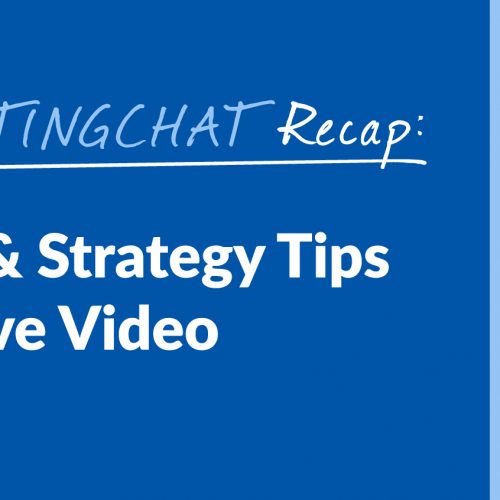
Did you catch this week’s #ContentWritingChat? Whether you missed the chat or you’re in need of a refresher,...

Did you catch this week’s #ContentWritingChat? Whether you missed the chat or you’re in need of a refresher,...
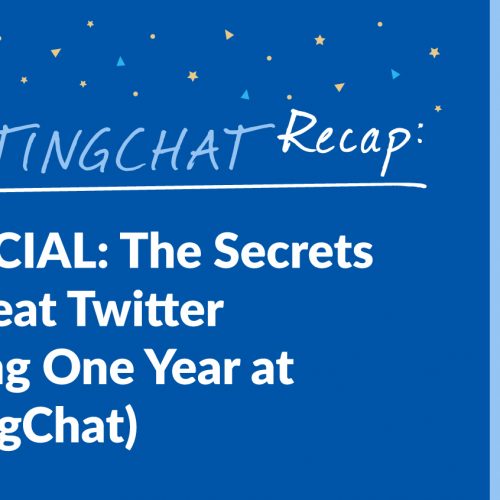
Did you catch #ContentWritingChat this week? In honor of our Twitter chat’s birthday, we celebrated in the only...

Did you hear? In honor of the holiday season, we got pretty festive for this week’s #ContentWritingChat! If...
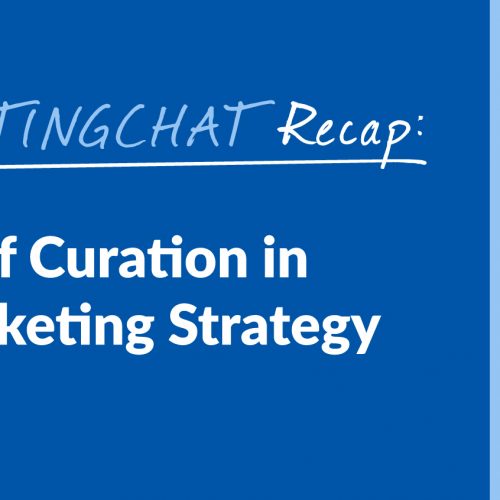
Did you miss #ContentWritingChat this week or could you use a refresher on all the great tips that...

With the holiday season upon us, brands in every industry are putting together their holiday editorial calendar. It’s...
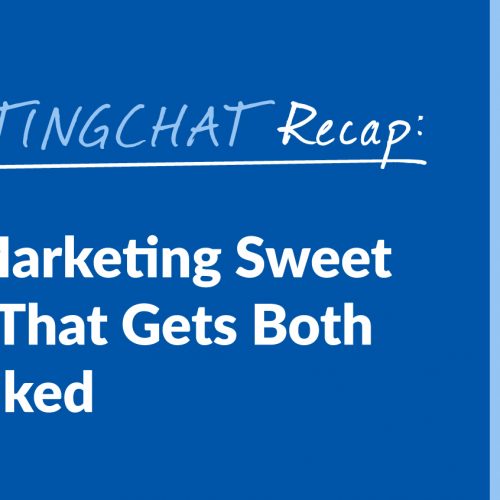
Did you check out the latest #ContentWritingChat? If not, you’re in luck because we have a recap of...

It wouldn’t be the holiday season without a fun giveaway from Express Writers, now would it? Of course...
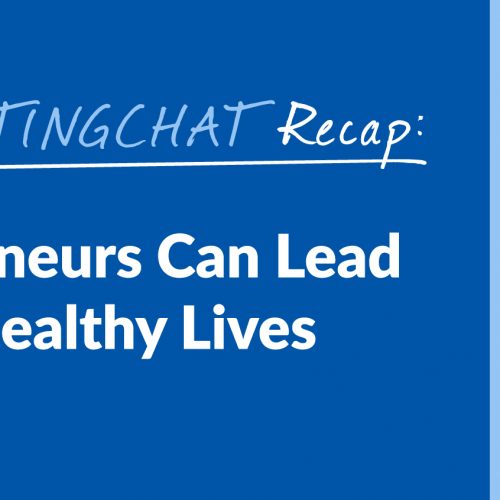
Do you want to get caught up on the latest #ContentWritingChat? Well, you’re in luck! We have a...
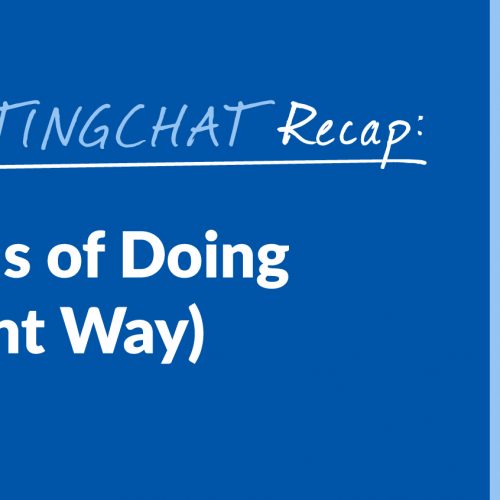
Search engine optimization (SEO) is pretty essential for anyone who is creating and publishing content online. After all,...
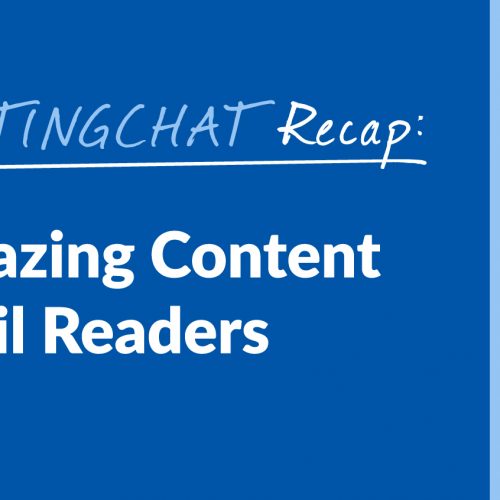
Could your email marketing use a major boost? Well, you’re in luck because that’s what we talked about...
No HR needed to get access to the best writers, editors, QAs, and strategists. We are your all-in-one content writing service delivering publish-ready content.
Copyright – 2025 Express Writers -All rights reserved